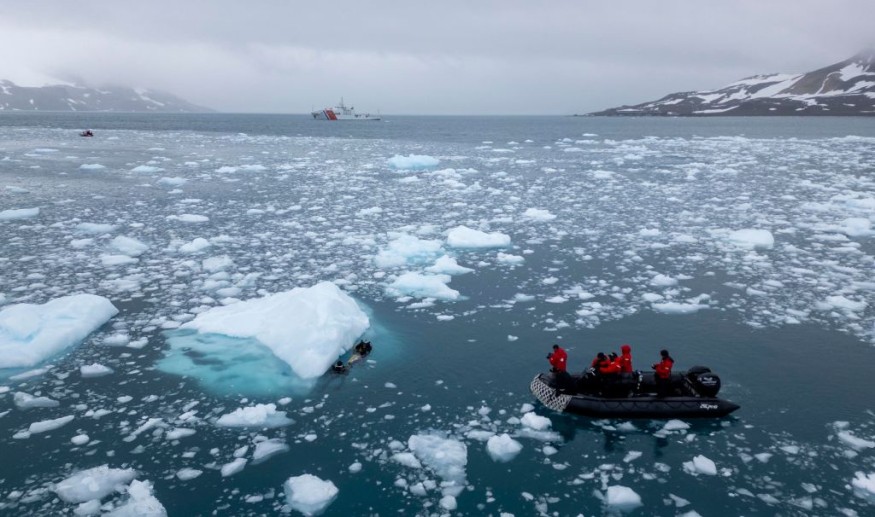Researchers warned of potential threats of UV exposure on penguin chicks and seal pups, which could affect the species' breeding season. Understanding the problems is essential to saving species from decline amidst the growing climate change concerns.
According to a NASA report, the thinning of ozone later is called ozone thinning. The decline in ozone levels can affect people's health and marine ecosystems. Humans can be exposed more to the sun's rays due to less protection,
Additionally, prolonged UV effects can affect plant development, making it challenging to adapt and repair amid rising temperatures. As a result, significant insights into the shrinking of ozone are essential for mitigation efforts.
Antarctica's Shrinking of Ozone Layer

In a recent report, researchers raised concerns about Antarctica's shrinking ozone hole over the past 25 years. The main culprit is chlorofluorocarbons (CFCs), which have long-lasting impacts on the ozone layer.
The report highlights that the bushfires and volcanic eruptions between 2020 and 2023 contributed to the problem.
Additionally, the researchers discovered that there are increasing concerns about ozone shrinking, which could potentially affect the breeding seasons of seals and penguins.
In Antarctica, a report explained that the seabirds and seals in the region have suffered from habitat destruction, pollution, and climate change. In a 2023 news, emperor penguins were threatened in the Antarctic due to the disappearance of ice and global warming.
When the UV radiation becomes stronger, it can damage the growth of plants and summer-breeding animals in the region. Additionally, the researchers noted the need for more studies on UV radiation, particularly for young animals.
While animals have ways to protect themselves by producing their sunscreens, increasing climate change can exacerbate the situation for many species in mitigating UV damage. Other concerns include the decline in sea ice extent in the region.
As a result, there is an urgent concern about CFCs and climate change. Reducing carbon emissions will help reduce the alarming effects of global warming, saving species from potential decline.
Why Ozone Layer Is Crucial?
The ozone layer protects humans, animals, and the environment from harmful ultraviolet radiation. Reports show that the 2023 ozone hole was larger compared to 2022. The decline in ozone can cause the following:
- cataracts
- skin cancerr
- impaired immune systems
They can likely feel breathing difficulties and become vulnerable to pollution.
Additionally, it can damage crops, reducing farmers' harvests. Alarming damage to ozone can affect the food chain.
Related Article: Climate Change is Reducing Dust Levels Worldwide as Arctic Temperature Warms [Study]
For more similar stories, don't forget to follow Nature World News.
© 2025 NatureWorldNews.com All rights reserved. Do not reproduce without permission.





